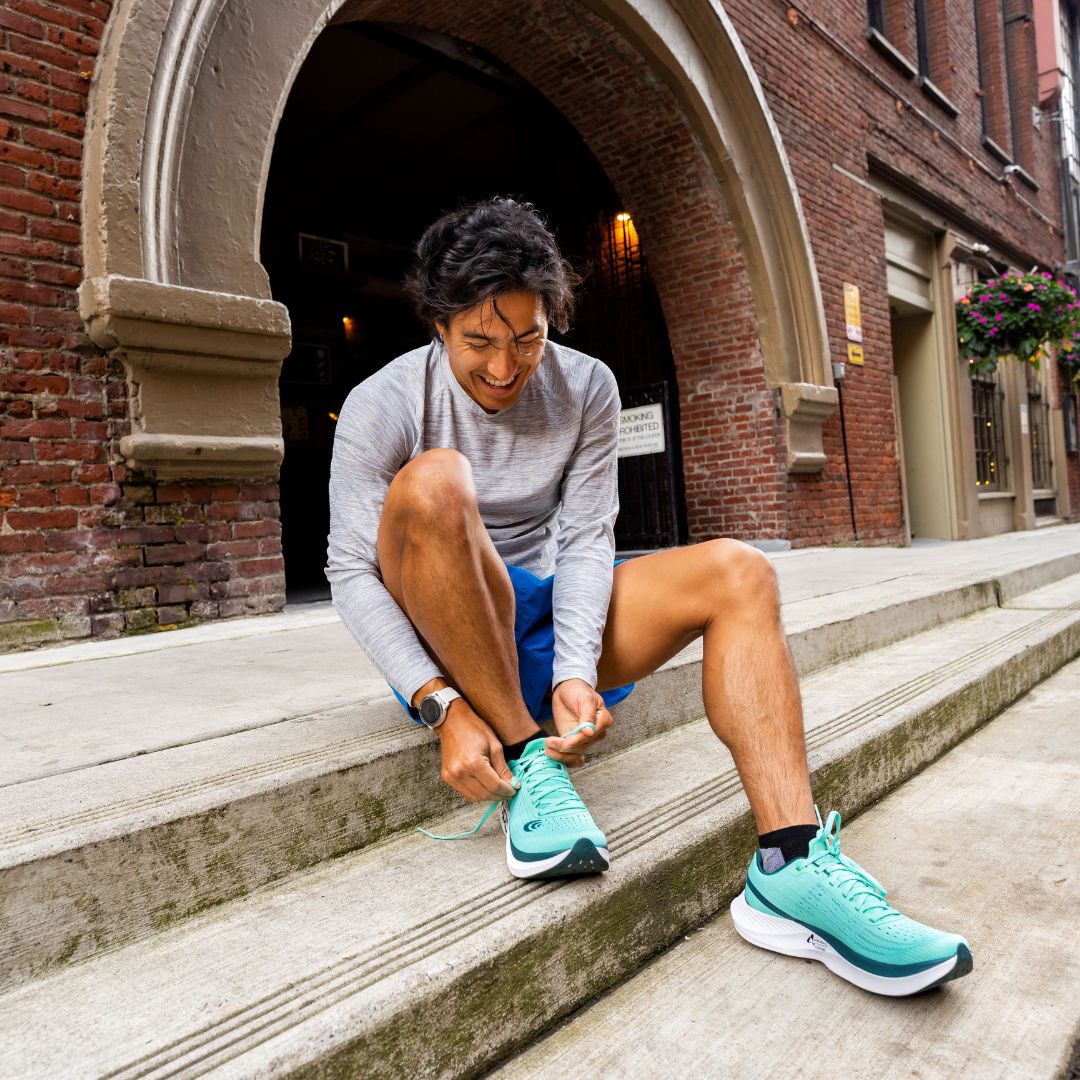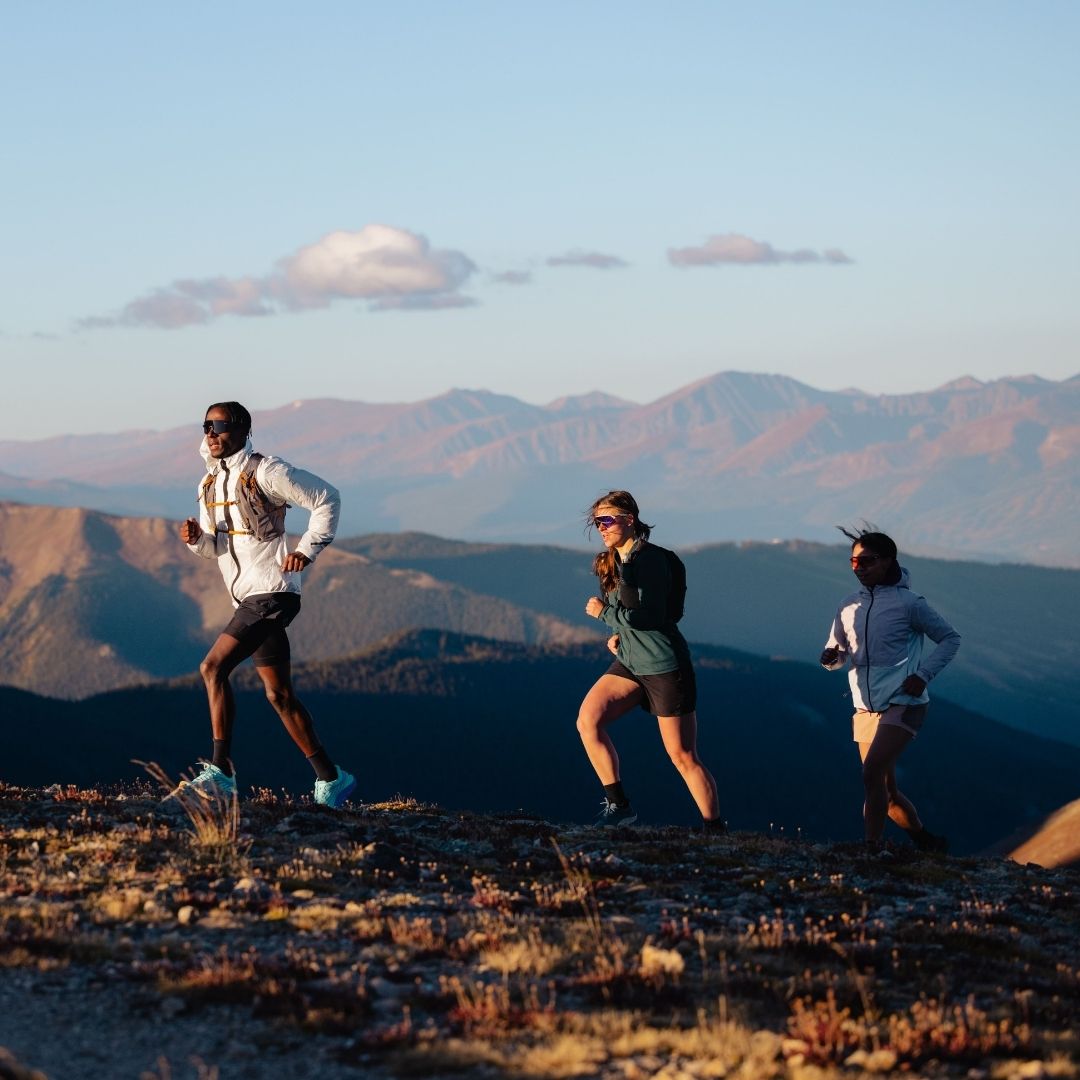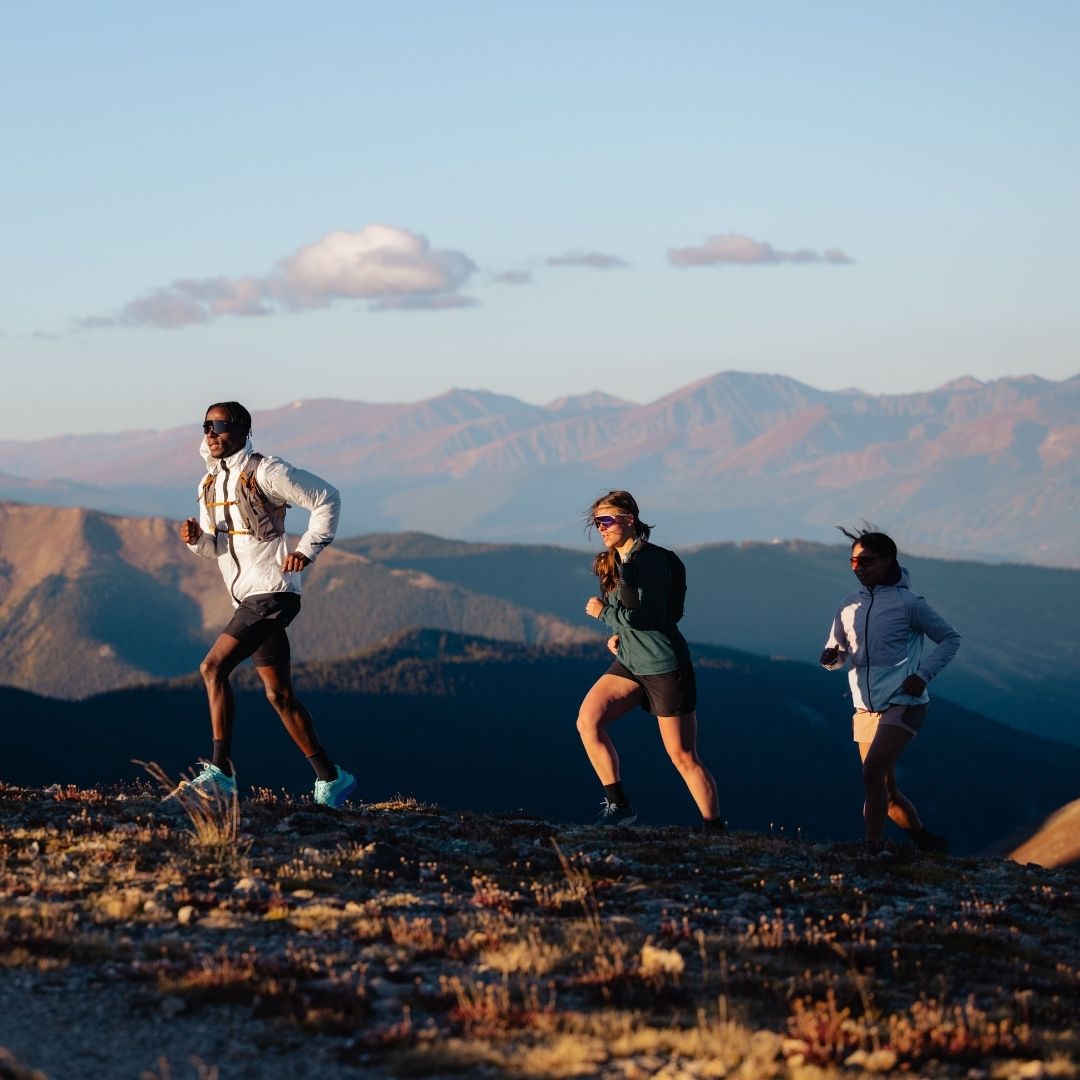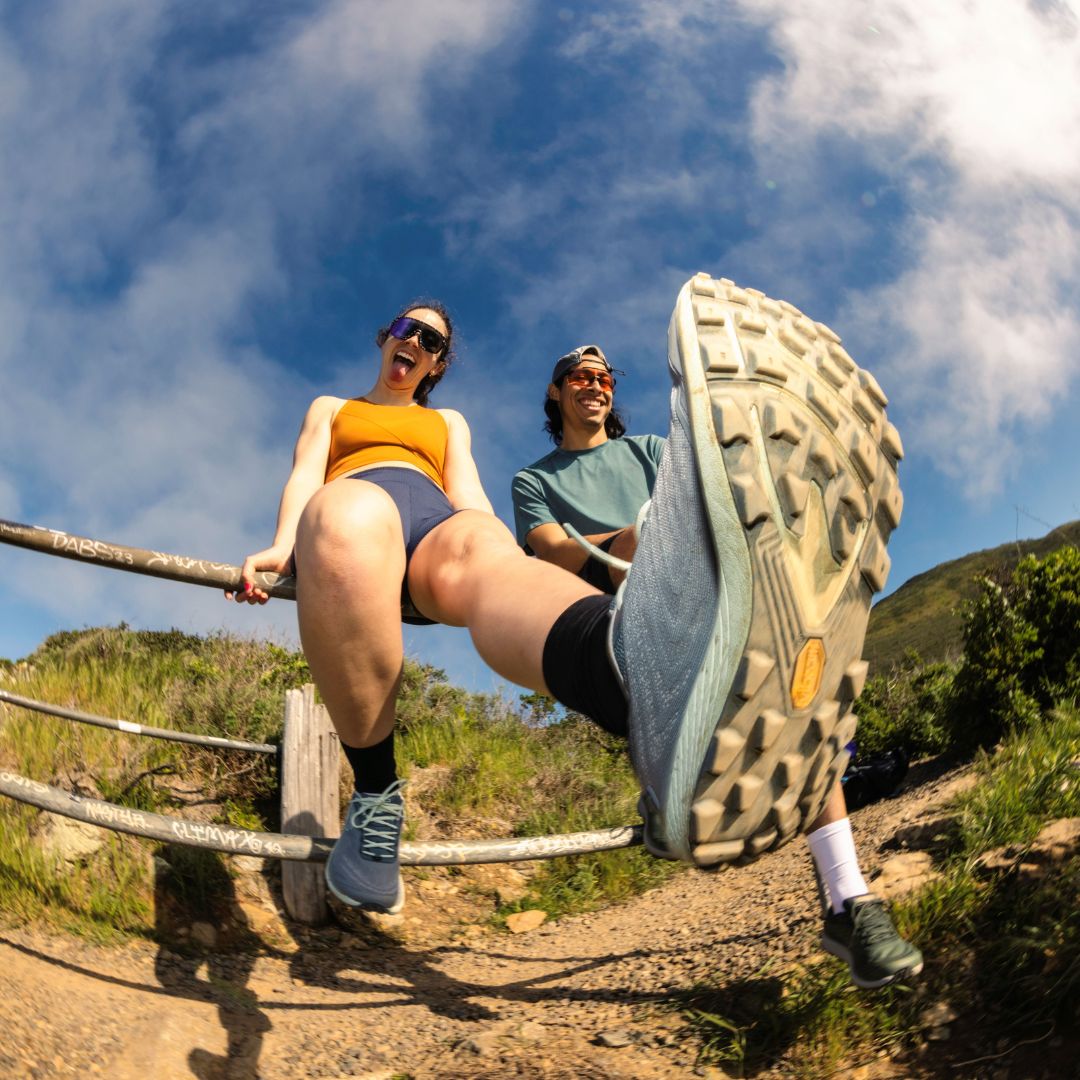Running training as a biathlete
Hello all running lovers!
How much running training does someone who is elite in a winter sport actually do? My name is Ida Eriksson and I am an ambassador for Topo Athletic. I have a special passion for biathlon – the sport where you combine skiing yourself to exhaustion on cross-country skis and then try to hit a 4.5-centimeter target from 50 meters away – and I spend practically all my waking time training. Of course, you have to train most on what you want to get good at, so the majority of the hundreds of training hours we put in consist of cross-country skiing in the winter half of the year and roller skiing in the summer half (and shooting all year round, of course!). But biathlon is a complex sport that requires many skills, and therefore we mix all kinds of training forms. Cross-country skiing, roller skiing, running, cycling, strength training, and SkiErg to name the most common. Running makes up quite a large part of my training, specifically about one third. I both love the freedom of running and have also noticed that I respond well to running for my skiing. As a biathlete, you generally only focus on the number of training hours and time in different heart rate zones; distance is more secondary. The training plan says three hours of running instead of 30 kilometers – perhaps a clear contrast to a typical runner. The focus is on running for three hours, not necessarily covering as much distance as possible in those three hours. For interval sessions, however, the plan might be to run a course of x kilometers x times, but usually we go by time even during speed sessions. 5-minute intervals are standard both with running shoes on the feet and with skis.

Asphalt and flat ground are not a biathlete's home turf. Terrain, marsh, and chase altitude meters are more our style. Lower pace but tougher terrain is prioritized to improve oxygen uptake as much as possible while also having an injury-preventive purpose with softer ground. During the summer we train the most to build a base for the winter competitions. Many training hours must be done, so there are many long running sessions but also some running intervals and tests. During the winter we reduce training a lot and it becomes much more sport-specific, but we still keep running in a small way, even though it mostly involves shorter jogs before and after competitions.
Maybe you've learned something new about what running training means for a winter athlete if you've read this far! Want to try training a running session in biathlon style? Lace up your Topo shoes, find a steep hill or a marsh and do this:
Warm-up: Jog for 25 minutes on slightly easier ground.
Intervals: Run for 5 minutes at almost full effort (don't max out but close!) uphill or on a marsh. Rest for 2 minutes by jogging lightly, don't stand still! Then repeat these 5-minute intervals 6 times, for a total interval time of 30 minutes.
Cool down: Jog lightly for 25 minutes afterwards on easier terrain to get rid of the lactic acid in your legs.
Hope you got tired!
Ida Eriksson


















